10 Animals That Prove Bipedalism Isn't Just a Human Trick
Bipedalism is a fascinating evolutionary trait that distinguishes a select group of animals, allowing them to walk on two legs. While humans are the most famous bipedal creatures, the animal kingdom boasts a variety of other species that have developed this unique form of locomotion. From the elegant flamingos to the agile lizards, these creatures have adapted to their environments in remarkable ways, showcasing the versatility and adaptability of life on Earth. This article explores the top 11 bipedal wonders, delving into the evolutionary advantages and the intriguing behaviors that accompany this mode of movement. By understanding these creatures, we gain insight into the diverse strategies of survival and adaptation in nature.
1. Flamingos: Masters of Balance and Beauty
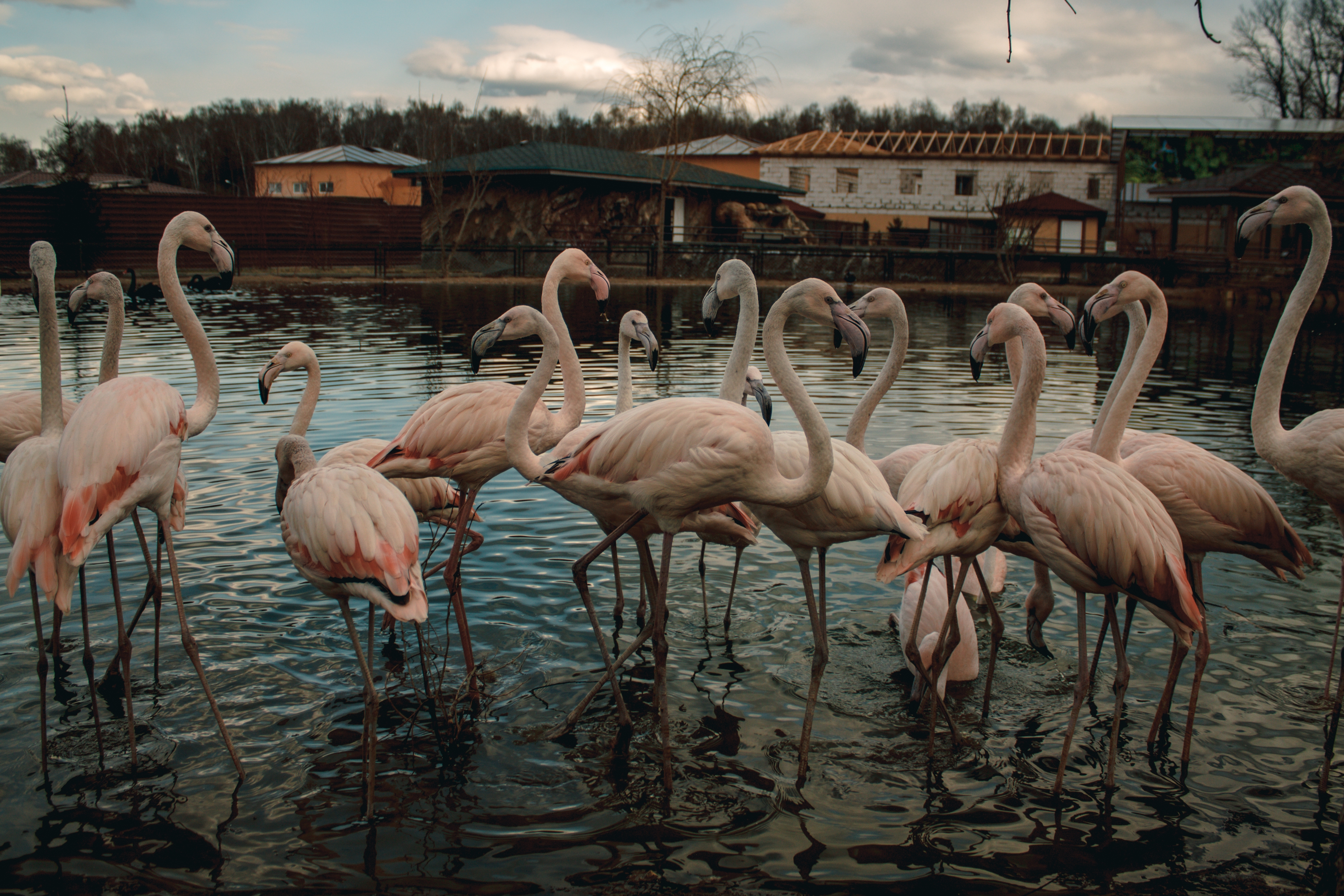
Flamingos are perhaps the most iconic bipedal birds, known for their striking pink plumage and elegant stance. These birds are found in warm, watery regions on many continents, including Africa, Asia, and the Americas. Their long legs and necks are perfectly adapted for wading in shallow waters, where they feed on small organisms like algae and crustaceans. The flamingo’s bipedal stance allows it to wade into deeper waters than birds with shorter legs, giving it access to food sources that others cannot reach. The flamingo's unique feeding behavior is a fascinating aspect of its bipedal nature. By standing on one leg, flamingos reduce muscle fatigue and conserve body heat, a behavior that has puzzled scientists for years. This iconic pose is not just for show; it is a critical adaptation that allows them to thrive in their aquatic habitats. The ability to stand still for long periods is essential for feeding, as flamingos use their specialized beaks to filter feed while their bodies remain motionless. In addition to their feeding adaptations, flamingos are also social creatures that live in large colonies. Their bipedalism plays a role in their social behavior, as it allows them to engage in complex mating dances and displays. These displays are crucial for pair bonding and successful reproduction. The social structure of flamingo colonies is a testament to the importance of bipedalism in their daily lives, influencing everything from feeding strategies to reproductive success.
2. Kangaroos: The Bouncing Marvels of Australia

Kangaroos are synonymous with Australia, known for their powerful hind legs and distinctive hopping gait. Unlike other bipedal animals, kangaroos use a form of locomotion known as saltation, which involves leaping with both legs simultaneously. This mode of movement is incredibly energy-efficient, allowing kangaroos to cover vast distances in search of food and water in the arid Australian landscape. Their large, muscular tails provide balance and support, acting as a third limb when moving slowly. The evolutionary history of kangaroos is a testament to the adaptability of bipedalism. As the Australian continent became drier, these marsupials evolved to take advantage of the open plains, where hopping became a more efficient way to travel than walking. This adaptation allowed them to exploit different ecological niches, from the lush coastal areas to the harsh interior deserts. Kangaroos are also unique in their reproductive strategy, with females capable of pausing the development of their embryos until environmental conditions are favorable, ensuring the survival of their young. Kangaroos are not just fascinating for their locomotion; they are also social animals that live in groups called mobs. These groups provide protection against predators and facilitate social interactions. The social dynamics within a mob are complex, with dominant males competing for mating rights and females forming close bonds with their offspring. Bipedalism plays a crucial role in these social interactions, as it allows kangaroos to engage in boxing matches and other displays of dominance that are essential for maintaining social order.
3. Ostriches: The Speed Demons of the Savanna
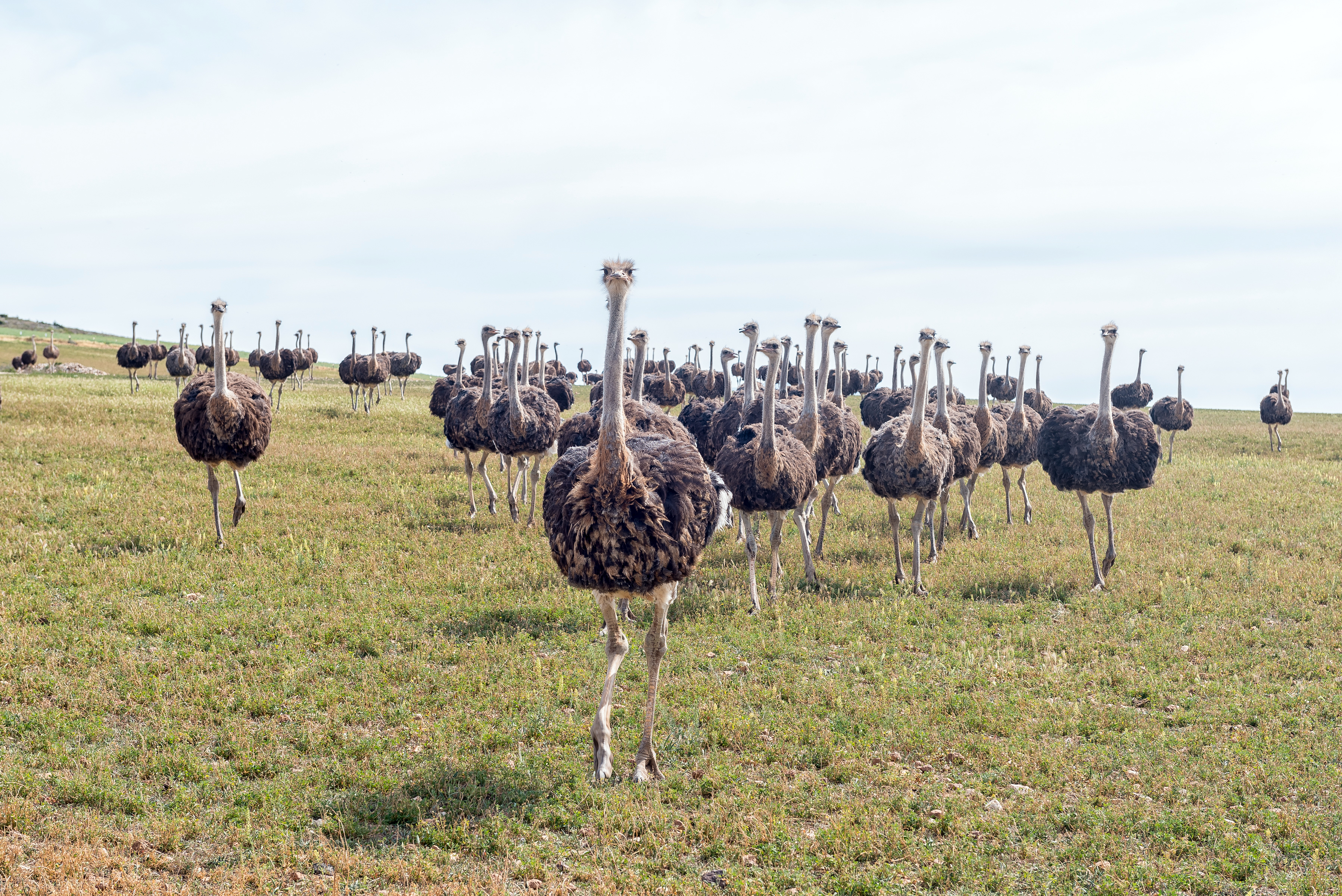
Ostriches are the largest living birds and are renowned for their incredible speed and powerful legs. Native to the African savanna, ostriches have evolved to become the fastest bipedal runners, capable of reaching speeds up to 45 miles per hour. Their long, muscular legs are adapted for running, with two toes on each foot that provide stability and traction on the loose, sandy soil of their habitat. This speed is essential for escaping predators such as lions and hyenas, making the ostrich a master of evasion. The ostrich's bipedalism is not just about speed; it also plays a role in their unique mating rituals. Male ostriches perform elaborate dances to attract females, using their wings and plumage to create a visual spectacle. These displays are a crucial part of the ostrich's reproductive strategy, with successful males attracting multiple females to their nests. The ability to stand tall and move gracefully is an advantage in these courtship displays, showcasing the importance of bipedalism in their social interactions. Ostriches are also fascinating for their communal nesting behavior, where multiple females lay their eggs in a single nest. This strategy increases the chances of survival for the offspring, as the large number of eggs makes it difficult for predators to consume them all. The dominant female takes on the primary role of incubating the eggs, using her bipedal stance to shield them from the harsh sun and potential threats. This communal approach to reproduction highlights the social complexity of ostriches and the role of bipedalism in their survival.
4. Lizards: The Surprising Bipedal Sprinters
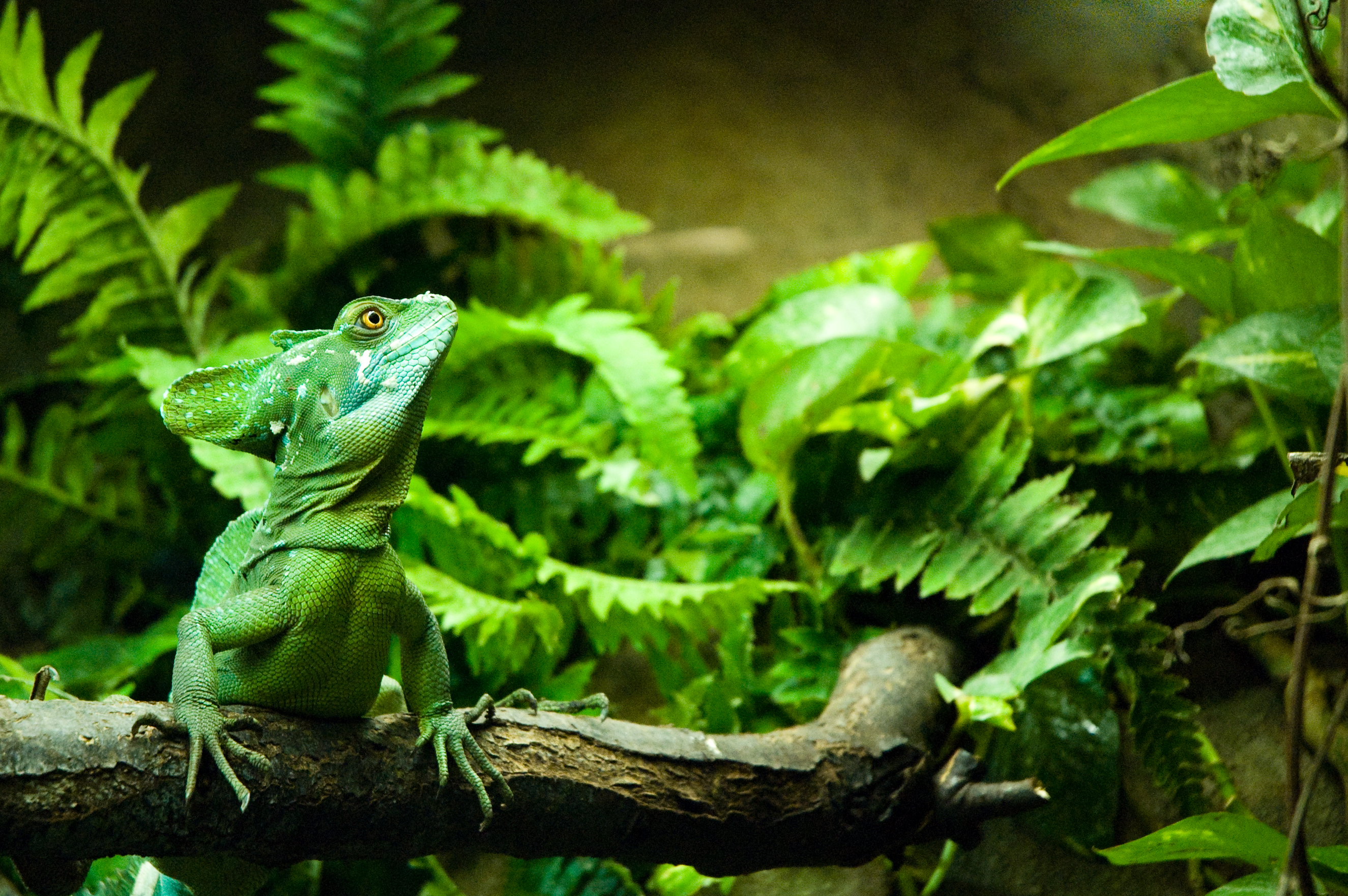
While most lizards are quadrupedal, a few species have developed the ability to run on two legs, particularly when escaping predators. One of the most famous bipedal lizards is the basilisk, often referred to as the "Jesus Christ lizard" for its ability to run across water. This remarkable feat is achieved through a combination of speed, body position, and specialized fringes on their toes that increase surface area and provide lift. Bipedal sprinting allows these lizards to evade predators quickly and efficiently, making it a valuable survival strategy. The evolution of bipedalism in lizards is a fascinating example of convergent evolution, where similar traits evolve independently in different lineages. In the case of bipedal lizards, the adaptation is primarily driven by the need for speed and agility in predator-rich environments. By standing on their hind legs, these lizards can achieve greater speeds and maneuverability, giving them an edge in the constant battle for survival. Bipedal lizards also provide insight into the biomechanics of bipedalism, as their movement patterns differ from those of other bipedal animals. Researchers study these lizards to understand the mechanics of bipedal locomotion, including the role of tail balance and limb coordination. These studies contribute to our broader understanding of bipedalism and its evolutionary significance, offering clues about how similar adaptations may have developed in other species, including early human ancestors.
5. Penguins: The Flightless Navigators of the Ice

Penguins are unique among birds for their adaptation to life in the water, yet they are also accomplished bipedal walkers. Found primarily in the Southern Hemisphere, penguins have evolved to thrive in some of the harshest environments on Earth, from the icy expanses of Antarctica to the rocky shores of the Galapagos Islands. Their upright posture and waddling gait are perfectly suited for navigating the rocky terrain and icy surfaces of their habitats. The bipedalism of penguins is closely tied to their aquatic lifestyle. While their wings have evolved into flippers for swimming, their legs remain strong and muscular, allowing them to travel long distances on land during breeding season. Penguins often form large colonies, where their bipedal stance aids in social interactions and nesting activities. The ability to stand and walk upright is essential for maintaining their nests and caring for their chicks, which require constant attention and protection from the elements. Penguins are also known for their remarkable migratory journeys, which can cover thousands of miles. Their bipedalism plays a crucial role in these migrations, as they must traverse vast stretches of land to reach their breeding grounds. This endurance and adaptability highlight the importance of bipedalism in their survival, as it allows them to exploit a range of environments and resources. Penguins are a testament to the versatility of bipedalism, demonstrating how this mode of locomotion can be adapted to suit a variety of ecological niches.
6. Secretary Birds: The Snake-Stomping Raptors
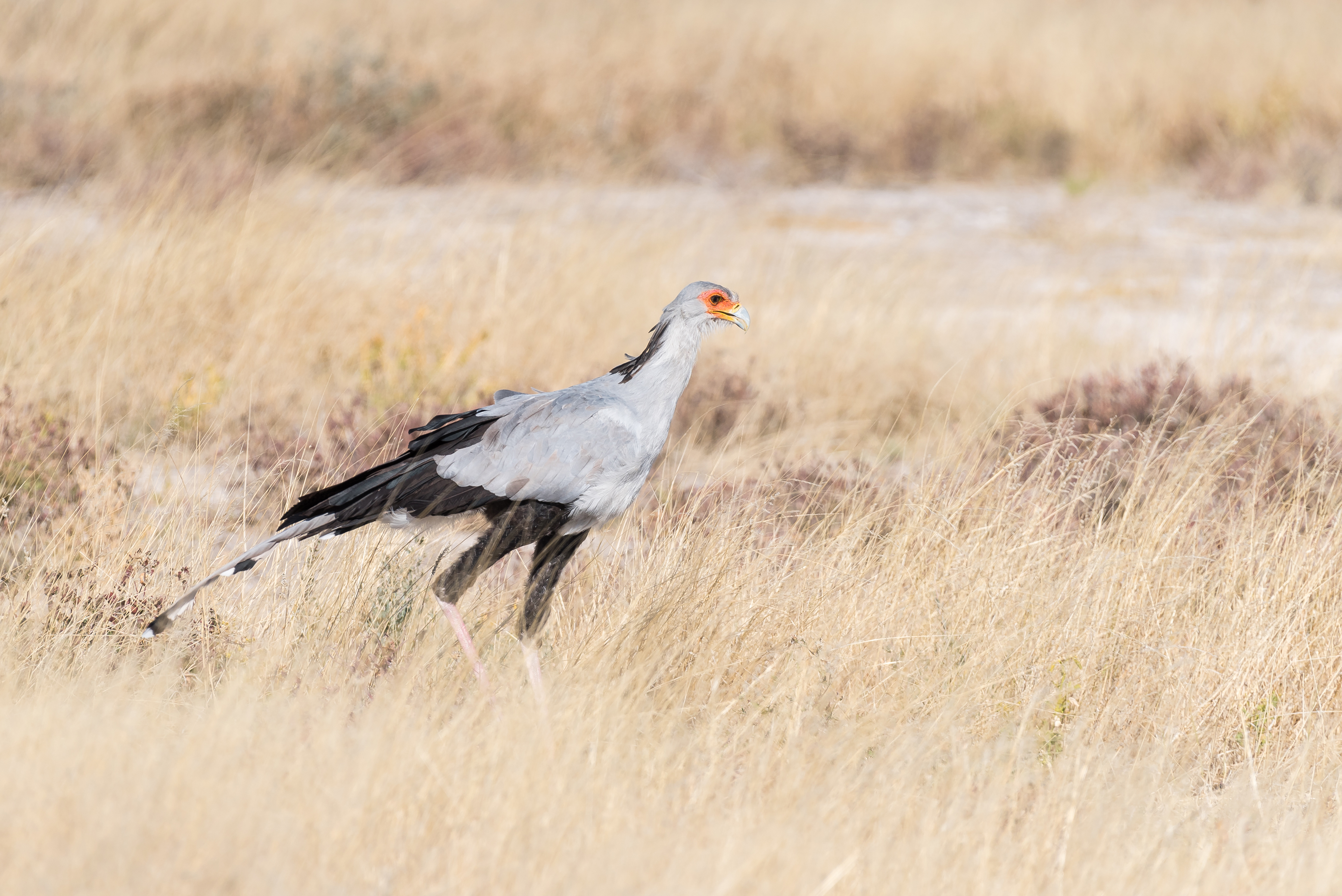
Secretary birds are one of the most unique raptors, known for their long legs and distinctive appearance. Found in the open grasslands and savannas of Africa, these birds are specialized hunters that use their powerful legs to stomp on prey, particularly snakes. Their bipedal stance allows them to deliver precise and forceful blows, incapacitating their prey with remarkable efficiency. This hunting strategy sets them apart from other birds of prey, which typically rely on aerial attacks. The evolution of bipedalism in secretary birds is closely tied to their hunting habits. Their long legs provide an advantage in the open landscapes they inhabit, allowing them to cover large areas in search of prey. This adaptation also enables them to spot potential threats from a distance, giving them the ability to avoid predators and protect their nests. The secretary bird's unique combination of speed, agility, and power makes it a formidable predator, showcasing the versatility of bipedalism in the animal kingdom. In addition to their hunting prowess, secretary birds are also known for their elaborate courtship displays. Males perform a series of dances and aerial displays to attract females, using their long legs and wings to create a visual spectacle. These displays are an important part of their reproductive strategy, with successful males gaining access to the best nesting sites and mates. The role of bipedalism in these displays highlights the importance of this trait in their social interactions and reproductive success.
7. Jerboas: Desert Hoppers Extraordinaire
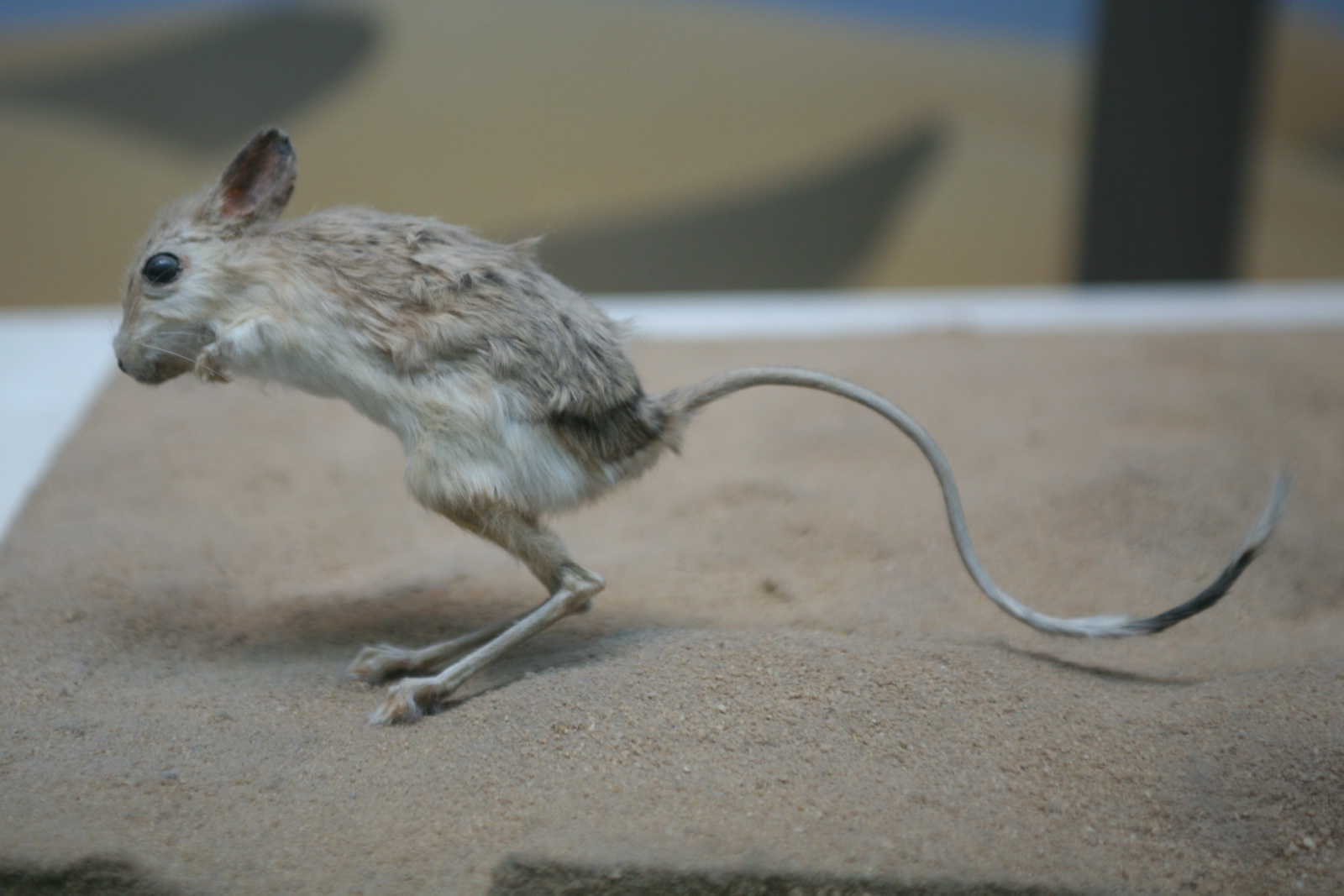
These small, charismatic rodents are the unexpected bipedal champions of arid deserts across Africa and Asia. Jerboas navigate their sandy homes primarily by hopping on remarkably large hind legs, an energy-efficient strategy perfectly suited for traversing vast, open spaces. Their tiny forelimbs are rarely used for movement, reserved instead for gathering food. A long tail, often tufted at the end, acts as a crucial counterbalance during leaps and quick directional changes, essential for evading predators. This hopping gait is a stunning example of convergent evolution, mirroring that of kangaroos but in a pocket-sized package, showcasing how similar environmental pressures can lead to remarkably similar adaptations in vastly different mammals.
8. Dinosaurs: The Ancient Bipedal Giants

Dinosaurs were among the first vertebrates to develop bipedalism, with many species evolving this trait as a means of efficient locomotion. Some of the most famous bipedal dinosaurs include theropods like Tyrannosaurus rex and Velociraptor, known for their powerful legs and predatory prowess. Bipedalism allowed these dinosaurs to become formidable hunters, capable of chasing down prey with speed and agility. The evolution of bipedalism in dinosaurs is a subject of great interest to paleontologists, as it provides insights into the adaptive strategies that allowed these creatures to dominate the Earth for millions of years. Bipedal dinosaurs exhibited a range of body sizes and ecological roles, from the small, agile raptors to the massive, lumbering tyrannosaurs. This diversity highlights the versatility of bipedalism as a mode of locomotion, allowing dinosaurs to exploit a wide range of ecological niches. In addition to their locomotor adaptations, bipedal dinosaurs also developed a variety of social behaviors, including complex mating displays and cooperative hunting strategies. These behaviors were facilitated by their upright posture and the ability to use their forelimbs for tasks other than locomotion. The study of bipedal dinosaurs provides valuable insights into the evolutionary pressures that shaped their development and the factors that contributed to their success as a group.
9. Birds of Prey: The Aerial Bipedalists
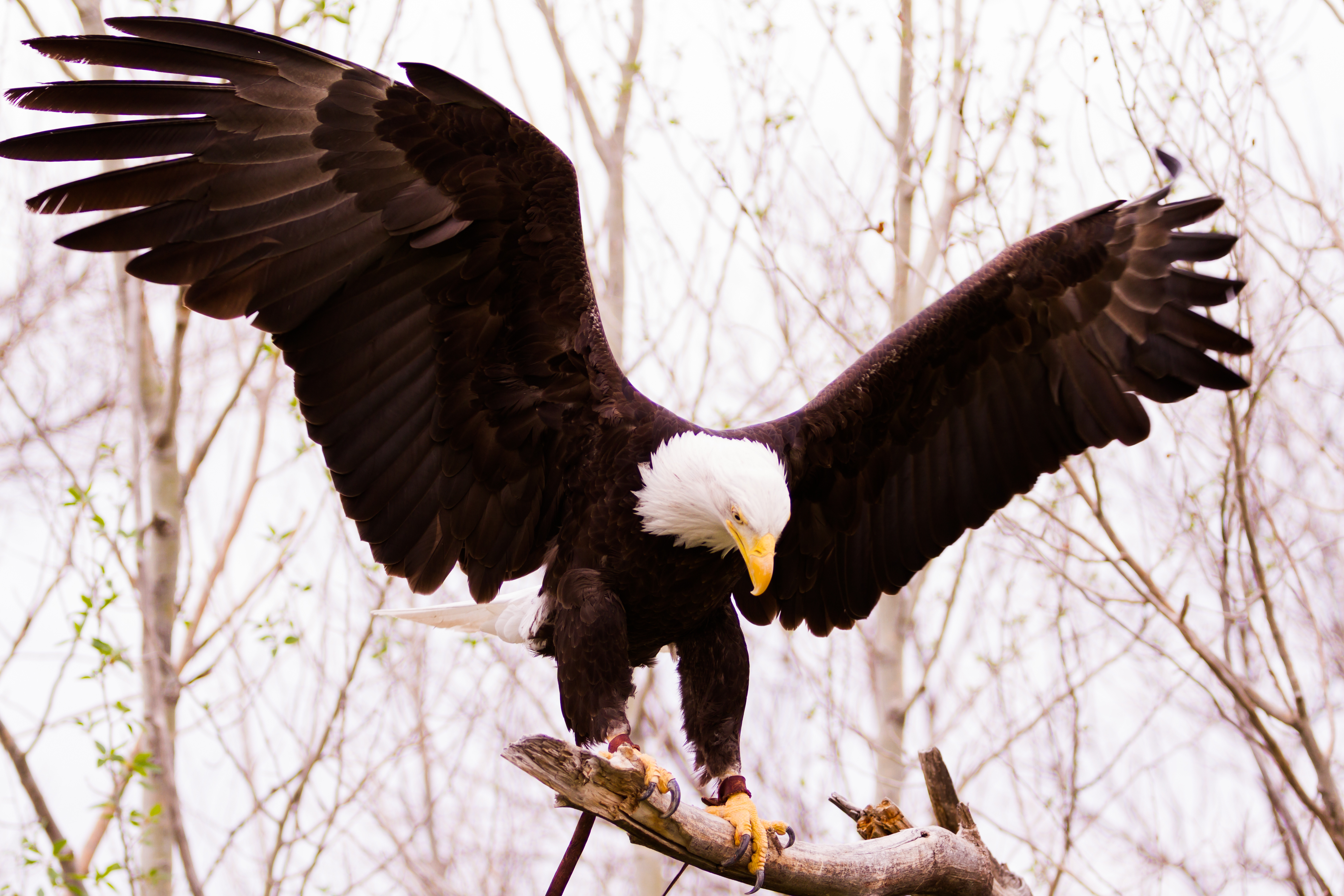
Many birds of prey, such as eagles and hawks, exhibit a form of bipedalism when hunting and feeding. While these birds are primarily adapted for flight, their powerful legs and talons allow them to capture and subdue prey on the ground. This combination of aerial and bipedal abilities makes them highly effective predators, capable of exploiting a wide range of environments and prey species. The bipedalism of birds of prey is closely tied to their hunting strategies, which often involve a combination of aerial surveillance and ground-based attacks. By perching on high vantage points, these birds can scan large areas for potential prey, using their keen eyesight to spot even the slightest movement. Once a target is identified, they swoop down with incredible speed and precision, using their talons to immobilize their prey. In addition to their hunting prowess, birds of prey also exhibit complex social behaviors, including territorial displays and courtship rituals. These behaviors are facilitated by their bipedal stance, which allows them to engage in a variety of displays and interactions. The study of bipedalism in birds of prey provides valuable insights into the evolutionary pressures that have shaped their development and the factors that contribute to their success as predators.
10. Primates: Our Closest Bipedal Relatives
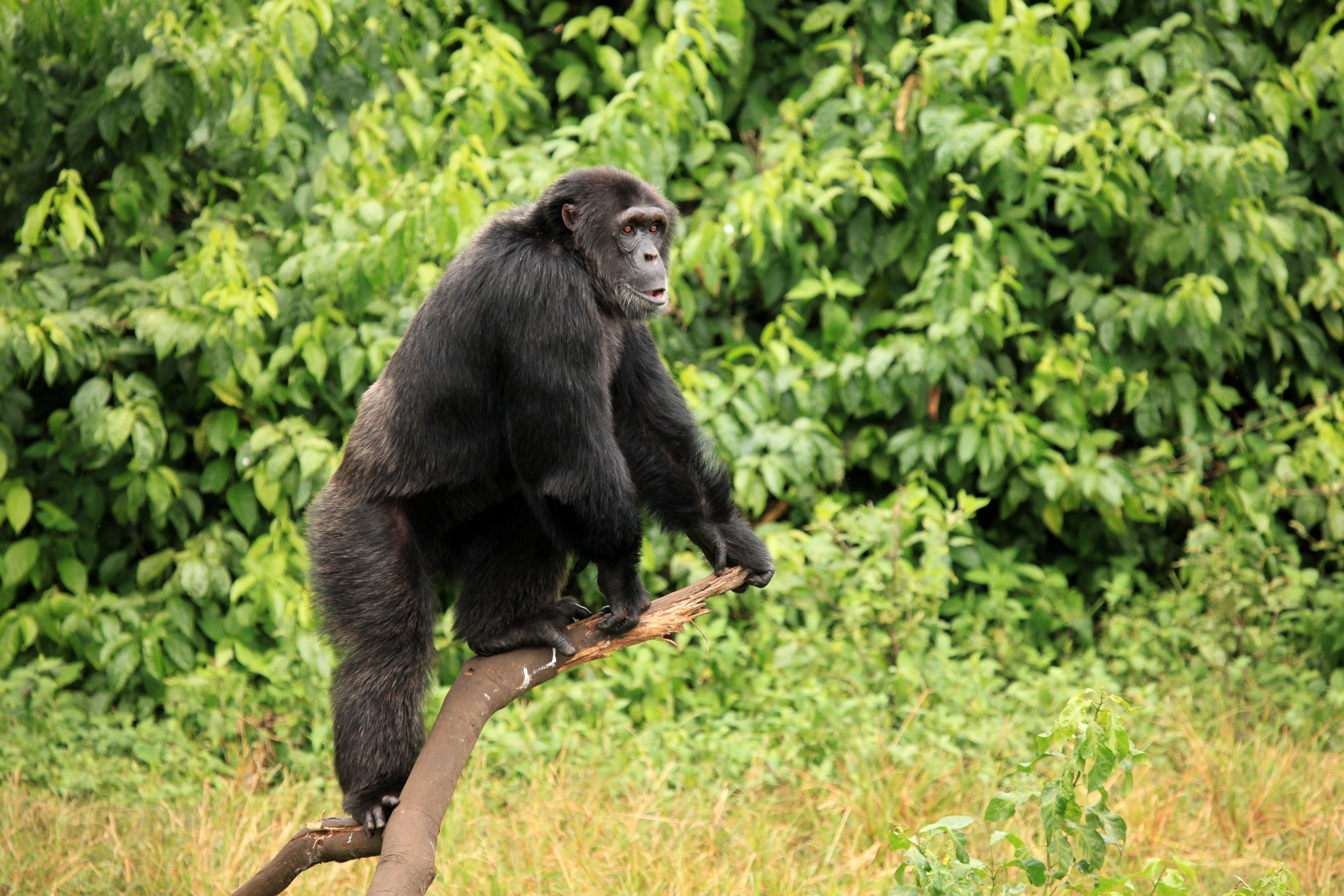
Among the primates, several species exhibit forms of bipedalism, particularly during short bursts of activity or when carrying objects. While most primates are primarily quadrupedal, their ability to walk on two legs is a key aspect of their behavioral repertoire. This trait is particularly evident in species like chimpanzees and bonobos, which use bipedalism for foraging and social interactions. The evolution of bipedalism in primates is closely tied to their arboreal lifestyle, with adaptations that allow them to move efficiently through the trees. However, the ability to walk on two legs provides additional advantages, such as the ability to carry food and tools over long distances. This trait is thought to have played a crucial role in the evolution of early hominins, providing a foundation for the development of human bipedalism. Bipedalism in primates is also associated with a range of social behaviors, including mating displays and cooperative activities. The ability to stand upright and use the hands for communication and manipulation is a key aspect of primate social interactions, facilitating the development of complex social structures and cultural practices. The study of bipedalism in primates provides valuable insights into the evolutionary origins of this trait and its significance for the development of human behavior and society.
The exploration of bipedal wonders reveals the incredible diversity and adaptability of this mode of locomotion. From the graceful flamingos to the ancient dinosaurs, bipedalism has evolved independently in a wide range of species, each with its own unique adaptations and evolutionary history. This trait offers numerous advantages, including energy-efficient locomotion, enhanced maneuverability, and the freeing of the forelimbs for other tasks. The study of bipedalism provides valuable insights into the evolutionary pressures that have shaped the development of these species and the factors that contribute to their success in diverse environments. By understanding the mechanisms and significance of bipedalism, we gain a deeper appreciation for the complexities of evolution and the remarkable adaptability of life on Earth. Bipedalism is not just a scientific curiosity; it is a testament to the ingenuity of nature and the endless possibilities of adaptation. As we continue to explore the natural world, the study of bipedal creatures will remain a fascinating and important area of research, offering new insights into the evolution of life and the intricate web of relationships that connect all living beings.







